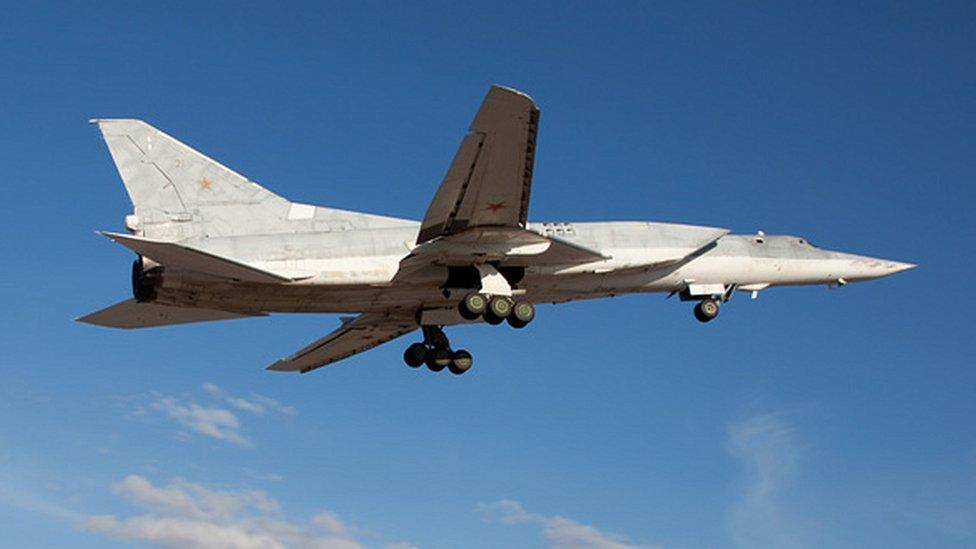Russia expands Pacific bomber patrols near US bases
- Published
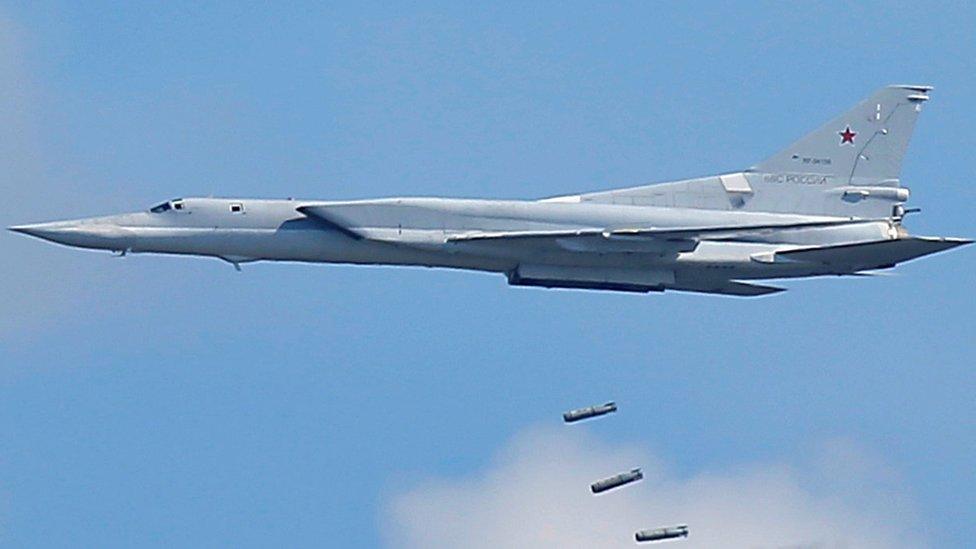
A Tu-22M3 on exercises: It has been used to bomb Syrian rebels
Russia has prepared a new strategic bomber division in the far east to patrol a huge area of the Pacific where the US military is especially active.
Tupolev Tu-22M3 and Tu-95MS bombers will fly from Siberia as far as Hawaii, Guam and Japan, all of which host major US naval and air bases, Russia's Izvestia daily reported.
Russia has sent Tu-22M3s on bombing runs in Syria and Tu-95s regularly carry out patrols near Western Europe.
Nato has criticised Russia's flights.
Britain's RAF and other Nato air forces regularly scramble fighters to monitor the Russian bombers' movements over the North Sea and Atlantic.
A Russian defence ministry official told Izvestia dozens of the Tupolevs would be based at Belaya and Ukrainka, in eastern Siberia.
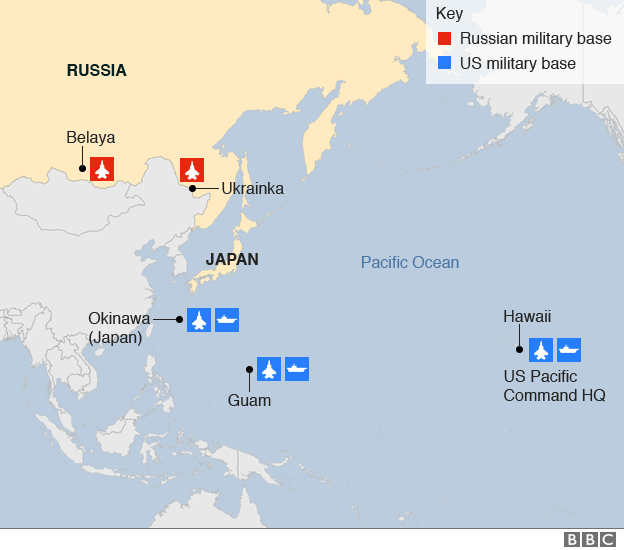
The announcement comes amid heightened Russian-US tensions over the Syria conflict. Western politicians have accused Russia of bombing civilian areas heavily and indiscriminately in support of Syrian government forces.
The new bomber division will be Russia's second - the first was created last year in western Russia, Izvestia reported.

The Tu-95 - a Cold War veteran - can be a launch platform for missiles
The Tu-22M3 has the Nato codename "Backfire", while the Tu-95 - a decades-old, Cold War turbo-prop plane - is called "Bear".
The Soviet Union sent bombers over the northern Pacific regularly during the Cold War, but such patrols ceased in the 1990s and early 21st Century.
However, Russian bombers have been spotted in the region in recent times. In 2007 President Vladimir Putin announced the resumption of Russian long-range bomber flights.
A Russian military expert quoted by Izvestia, Anton Tsvetov, said "this build-up of Russian military capabilities in the Pacific Ocean demonstrates the seriousness of Russia's ambitions in the East".
Russia is also expanding its military facilities on the Kuril Islands, north of Japan. The islands were occupied by Soviet forces in 1945 and the sovereignty dispute over them still hampers Russian-Japanese relations.
- Published5 October 2016
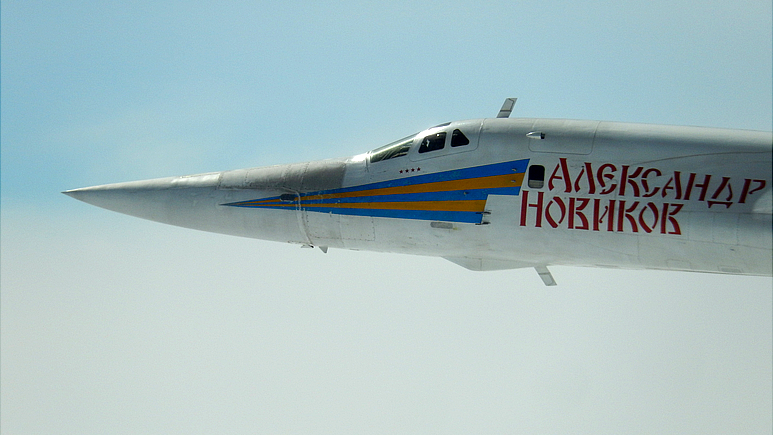
- Published22 October 2015
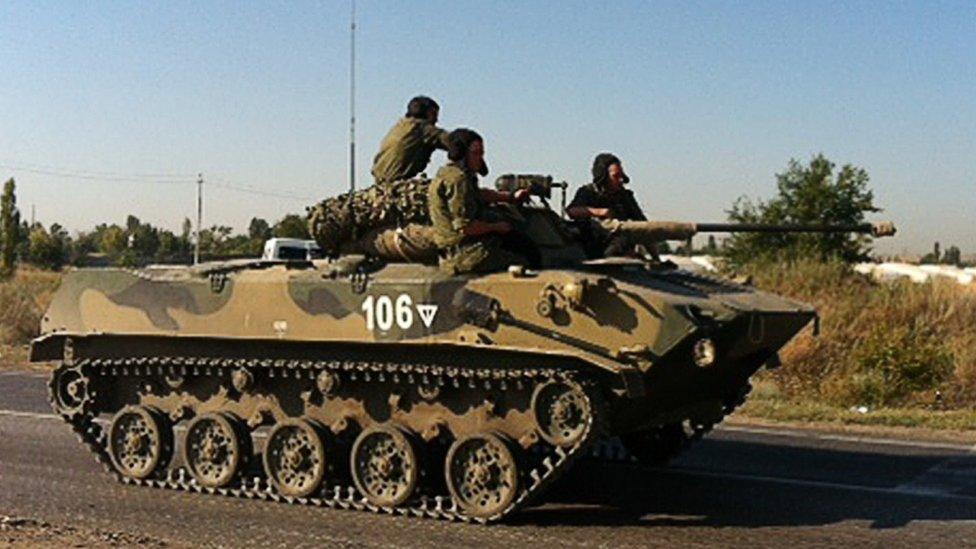
- Published5 October 2016

- Published24 July 2015
